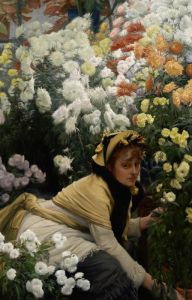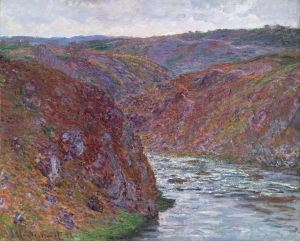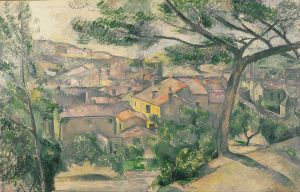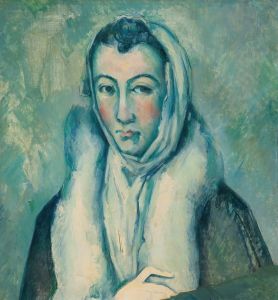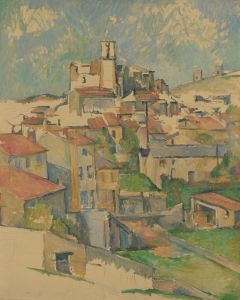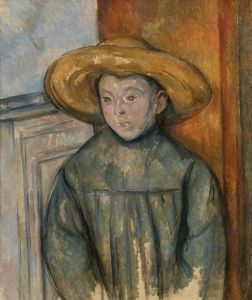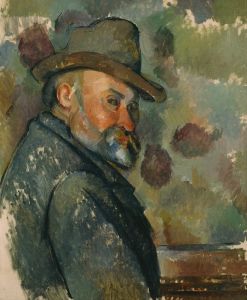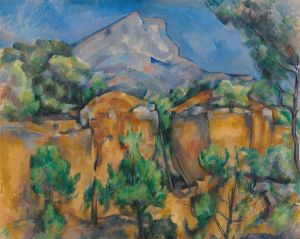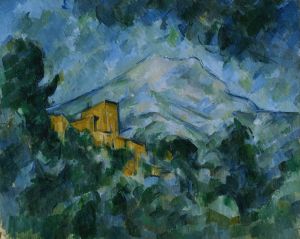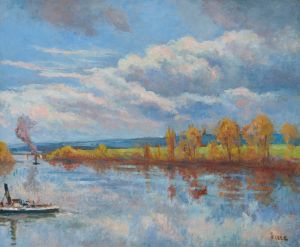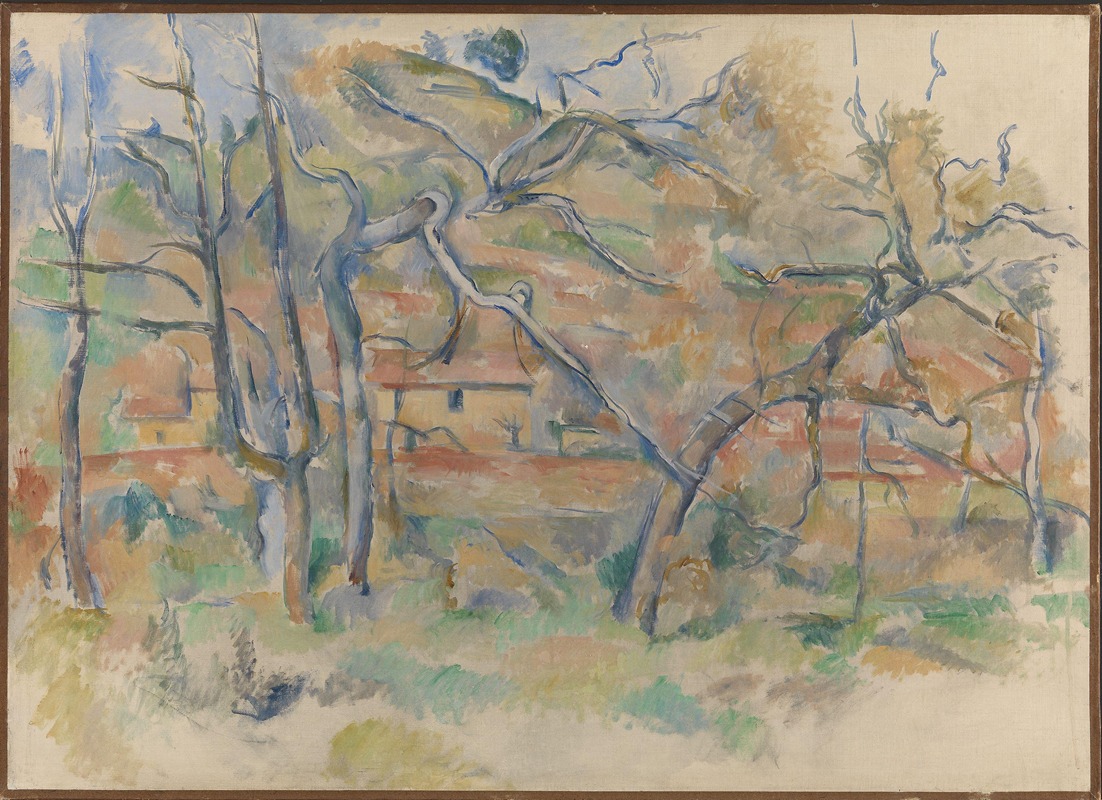
Trees and house, Provence
A hand-painted replica of Paul Cézanne’s masterpiece Trees and house, Provence, meticulously crafted by professional artists to capture the true essence of the original. Each piece is created with museum-quality canvas and rare mineral pigments, carefully painted by experienced artists with delicate brushstrokes and rich, layered colors to perfectly recreate the texture of the original artwork. Unlike machine-printed reproductions, this hand-painted version brings the painting to life, infused with the artist’s emotions and skill in every stroke. Whether for personal collection or home decoration, it instantly elevates the artistic atmosphere of any space.
Paul Cézanne's Trees and House, Provence is a painting that exemplifies the artist's mature style and his deep connection to the landscapes of southern France. Cézanne, often referred to as the "father of modern art," was a pivotal figure in the transition from 19th-century Impressionism to 20th-century Cubism. His works are characterized by their innovative use of color, form, and perspective, and Trees and House, Provence is no exception.
This painting depicts a tranquil rural scene, featuring a house nestled among trees in the Provençal countryside. The composition reflects Cézanne's fascination with the natural environment of Provence, where he spent much of his life. The region's distinctive light, colors, and rugged terrain profoundly influenced his artistic vision. In this work, Cézanne employs his signature technique of building forms through small, deliberate brushstrokes, creating a sense of structure and solidity while maintaining an overall harmony in the composition.
Cézanne's approach to perspective in Trees and House, Provence is notable. Rather than adhering to traditional linear perspective, he uses a more dynamic and intuitive method, allowing the viewer's eye to move freely across the canvas. This technique, which became a hallmark of his style, reflects his desire to capture the essence of the scene rather than a strictly realistic representation. The interplay of light and shadow, combined with the vibrant yet earthy color palette, conveys a sense of timelessness and serenity.
The exact date of Trees and House, Provence is not definitively documented, but it is believed to have been created during the later years of Cézanne's career, likely in the 1880s or 1890s. During this period, Cézanne increasingly focused on landscapes, often painting en plein air to directly engage with his surroundings. His works from this time demonstrate a deepening exploration of form and structure, laying the groundwork for future artistic movements.
As with many of Cézanne's paintings, Trees and House, Provence reflects his dedication to capturing the underlying geometry of nature. The house and trees are rendered with a sense of permanence and stability, yet the composition retains a sense of fluidity and movement. This balance between order and spontaneity is a defining characteristic of Cézanne's art.
Today, Trees and House, Provence is recognized as an important example of Cézanne's contribution to the development of modern art. While specific details about the painting's provenance and current location are not provided here, it remains a testament to Cézanne's enduring influence and his ability to transform ordinary scenes into profound works of art.





